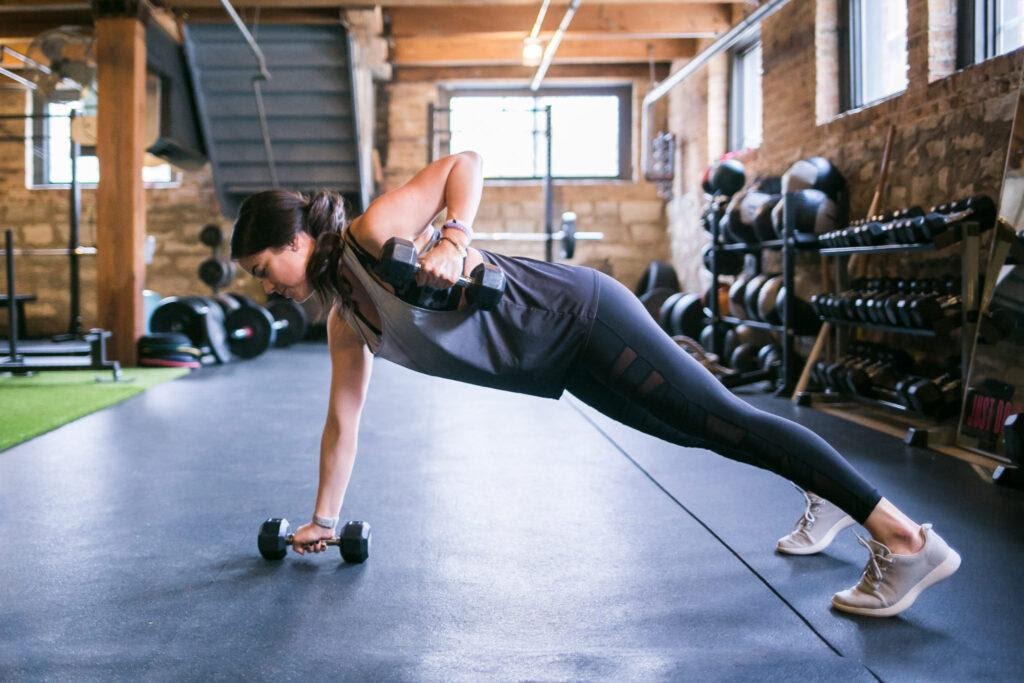The term “fall prevention” may sound like we’re brainstorming ways to keep summer going, but it’s more serious than that.
We’re talking about preventing falls that can cause bodily injury. And while common and often painful, the majority of falls can be prevented with some easy-to-implement fall prevention strategies.
Read on to learn about fall prevention advice, tips and strategies so you can minimize your risk factors and prevent future falls.
Why is fall prevention a big deal?
Each year, millions of adults aged 65 and older fall. That’s more than one in four seniors – and less than half tell their doctor, according to the Centers for Disease Control and Prevention.
While one fall may be a small event and seem insignificant, studies show that previous falls double your chance of falling again.
All those falls add up to more than a bruised ego.
Some falls result in admissions to the emergency department or other costly medical services as a result of serious injuries sustained, like hip fractures and broken bones. Other times, falls can even cause death.
The good news is that while falls are common, most falls can be prevented.
What is Fall Prevention?
Fall prevention strategies are ways that healthcare providers, like your doctor, physical therapist, or occupational therapist, can work with individuals to decrease their risk factors for falling – whether at home or in the hospital.
One of the most important ways to get started in decreasing falls is to simply discuss fall prevention strategies.
Who is at risk for falls?
According to the Centers for Disease Control and Prevention, approximately 3 million adults are injured in falls every year.
A quick quiz can help you identify if you’re at risk for falls. Some basic questions for fall risk assessment include:
- Have you fallen in the past year?
- Have you been advised to use a cane or walker to get around safely?
- Do you sometimes feel unsteady when walking?
- Are you worried about falling?
- Do you steady yourself by holding onto furniture when walking at home?
- Do you need to push with your hands to stand up?
- Do you have trouble stepping up onto a curb?
- Do you have to rush to the toilet?
- Have you lost some feeling in your feet?
- Do you take medicine that sometimes makes you feel light-headed or more tired than usual?
- Do you take medicine to help with your sleep or improve your mood?
- Do you often feel sad or depressed?
6 Fall Prevention Strategies
While age and physical changes can increase the risk of falling, falls are not a mandatory part of aging.
The truth is: the fear of falling should not control your life or limit your ability to enjoy your favorite activities. There are ways you can decrease your risk factors for falling and precautions you can take to limit your fall risk. You can take an active role in decreasing your fall risk.
Here are six simple ways to help with fall prevention.
Get your vision and hearing checked
Your eyes and ears are key to keeping you on your feet. If you wear eyeglasses, make sure that your prescription is up to date. A good rule is to make sure your vision and hearing are checked at least once a year. Choose a date you’ll remember – like your birthday, or even Fall Prevention Week which is every September.- Make your home safe
That rug may be beautiful, but it will not be your friend if you trip over it. Go through your home with the goal of fall proofing. Look at your home with an eye to identify hazards that can contribute to a fall risk.- Remove tripping hazards, especially loose rugs.
- Clear pathways, especially in high-traffic areas.
- Add lighting. Place night lights in dark areas and ensure your light switches are easily accessible.
- Make your stairs safe by ensuring handrails are properly installed and the steps are cleared.
- Install grab bars in key areas, like the bathroom and shower.
- Bring it up with friends and family
If you’re concerned about falling, talk to your friends and family. Enlist their support in taking simple steps to help you stay safe. They may see risk factors you don’t, and they can help you brainstorm fall prevention strategies. The bottom line here? Involving others in your care planning process can prevent falls. - Be your own advocate
Get someone on your team who knows their stuff and has your back – like a doctor, physical therapist or occupational therapist. (In most states, you can go directly to a physical therapist without a referral from your physician.) Be honest about your history of recent falls, as this carries an increased risk for future falls and it’s best if your care team understands the big picture. Follow their recommendations for fall prevention, and don’t be afraid to be an advocate for yourself or your family members during your conversations. Many times, caregivers suggest using an assistive device like a four-wheeled walker. However, without further assessment and interventions, you may quickly become over-reliant on the walker and your balance systems will worsen, which will ultimately increase your risk of a fall. Ask for a fall risk assessment by a physical therapist that specializes in balance and fall risk to optimize your balance and prevent falls. - Regularly review your medications with your doctor or pharmacist
Make sure side effects aren’t increasing your risk of falling. Be sure to take medications only as prescribed. - Find a good balance and exercise program
Building balance, strength, and flexibility is the best way to protect yourself from future falls and fall related injuries. With your physician’s consent, consider walking, running, tai chi, or swimming. These are all gentle exercises that require slow graceful dancelike movements of muscles. These activities can reduce joint pain, increase bone health, and lower blood pressure – all factors that can help with fall prevention.
If you need more support and guidance while starting a strengthening program, consider reaching out to a physical therapist near you. Live Life Physiotherapy can be a great option for those living in East County San Diego – especially since our mobile physical therapists come to you!
Balance and Strength Exercises to Increase Fall Prevention
Balance and strength are key for fall prevention. If you feel unsteady, it’s more likely that falls occur.
The training exercises below can help increase stability, decrease your risk factors, and help prevent future falls. Please remember that it’s important to stay safe when performing these exercises and be careful not to lose your balance.
Take big steps
Standing at a counter, facing to the right, with your left hand on or near the counter, take a big step forward. Only go as far as you feel comfortable! However, the more your ankles wobble, the more challenging it will be. Come back to a standing position and repeat a few times. Then turn and repeat in the opposite direction.
Practice sit-to-stand
Sit on a stationary, sturdy chair with your feet flat on the ground. With a sturdy support surface in front of you, like a table or countertop, scoot forward on the seat so your bottom is at the front of the seat. Lean your chest over your toes, shift your body weight forward, and while squeezing your gluteal muscles, slowly rise to a stable standing position.
Give yourself a balance test
With someone close by in case you lose your balance, stand in a corner or with a kitchen counter in front of you. The goal is to make it through each set of exercises while maintaining your position without swaying or reaching for the support surface. Begin by trying each exercise for 10 seconds. Once you can accomplish that steadily, work up to 30 seconds before moving to the next series.
- Eyes open, feet apart
- Eyes open, feet together
- Eyes open, one foot up
- Eyes open, feet together, and look left and right
Seek professional help from a physical therapist
If these exercises seem daunting, know you’re not alone. Fall prevention methods, including stability and balance exercises, are among the most common services physical therapists provide.
If you’re struggling with fall prevention strategies and live in the East County area of San Diego, let us help you! Live Life Physiotherapy provides life-changing solutions that can help you live your best life.
About Fall Prevention Awareness Week
Each September, we are grateful for Fall Prevention Awareness Week. The goal of this public health campaign is to increase awareness of falls and share strategies for fall prevention to decrease fall related injuries.



